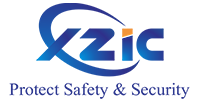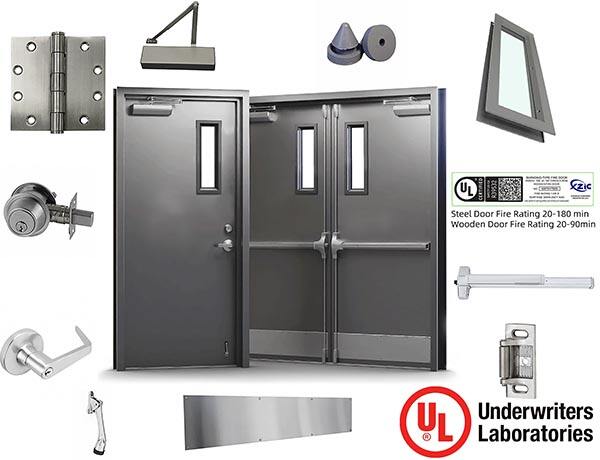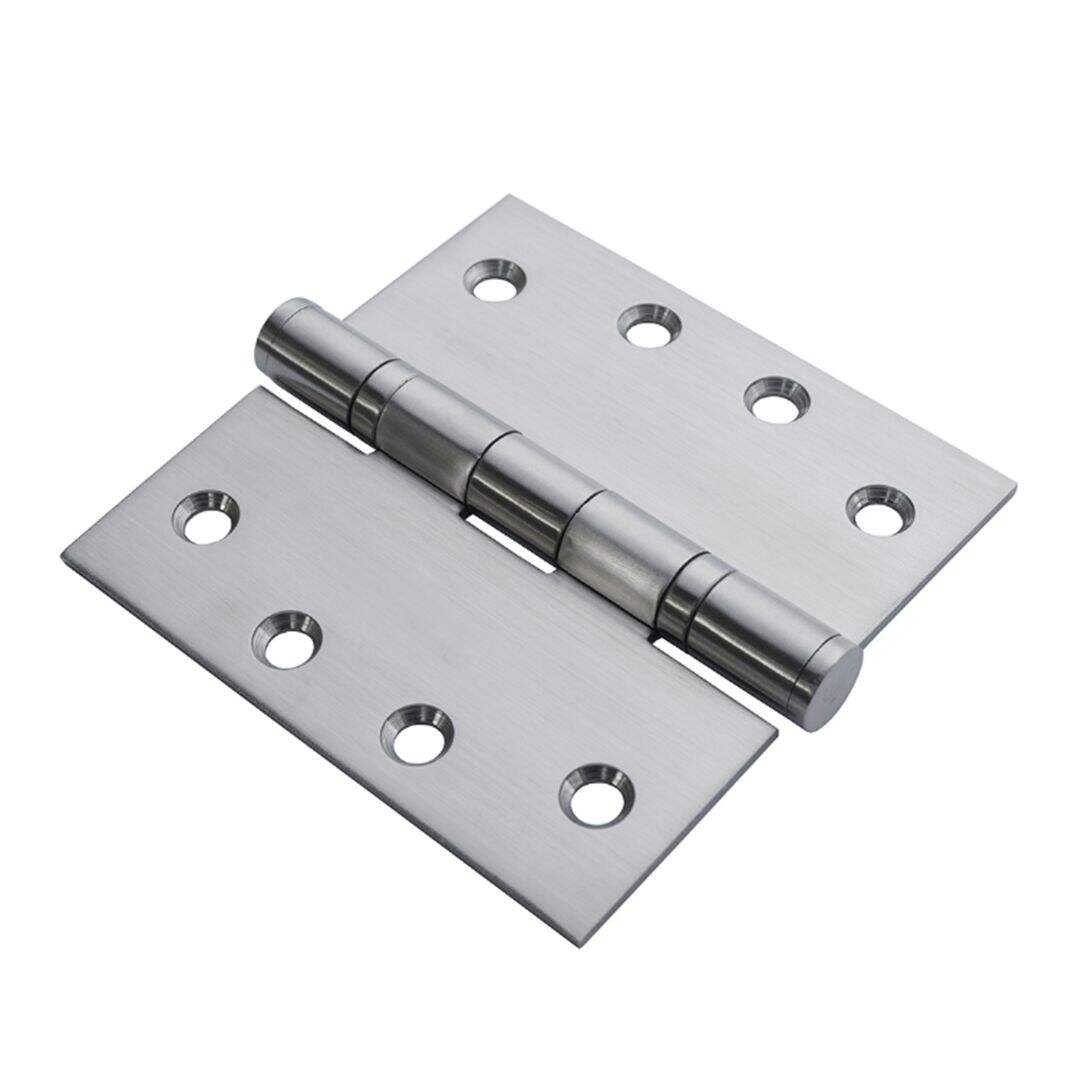Fire Doors: Understanding EN vs. UL Standards
Fire doors are a critical component of passive fire protection, designed to contain flames and smoke, allowing safe evacuation. Whether you follow European (EN) or American (UL) standards, choosing the right fire door ensures compliance and life-saving performance.
Key Differences Between EN & UL Fire Door Standards
Fire Resistance Testing
UL Standards (USA): Assume sprinkler support. Doors undergo a fire hose test, evaluating heat resistance under water exposure.
EN Standards (Europe): Focus on smoke containment, requiring intumescent seals to block toxic gases—crucial where sprinklers aren’t mandatory.
Installation & Certification
UL-certified fire doors are tested primarily from the fire side.
EN-certified doors must withstand fire and smoke from both sides, ensuring full compartmentalization.
Why Consistency Matters
Mixing standards can compromise safety. Stick to one system (EN or UL) for uniform protection across your facility.
Choosing the Right Fire Door
✔ For the US/Canada: UL-listed fire doors ensure compliance with UL10C, NFPA 252, NFPA 80.
✔ For Europe/Global Markets: EN 1634-1 certified doors meet stricter smoke-seal requirements.
Fire doors only perform as intended when properly specified, installed, and maintained. Ensure yours meet the correct regional standards—contact a certified fire door provider today 008619302124208 or [email protected].
Recommended Products
Hot News
-
UL fire door Regulatory and Certification Requirements
2025-08-08
-
What are the types for fire Doors?
2025-07-12
-
Why Hollow Metal Doors Are a Cost-Effective Long-Term Solution for Businesses
2025-07-23
-
What’s the price difference for UL LISTED FIRE DOOR of mahogany/oak/ beech/walnut veneer finish compared with Formica /TAK/ Wilsonart Laminated finish ?
2025-07-31
-
What is MDF (medium-density fiberboard) Door?
2025-06-15
-
Essential Aspects of UL Metal Fire Door Inspection
2024-01-02
-
XZIC Delivers Superior Quality UL Fire Doors to Our Valued Client in Qatar
2024-01-02
-
Can hollow metal doors be insulated?
2024-01-02
 EN
EN
 AR
AR
 BG
BG
 NL
NL
 FR
FR
 DE
DE
 EL
EL
 IT
IT
 KO
KO
 PL
PL
 PT
PT
 RO
RO
 RU
RU
 ES
ES
 TL
TL
 IW
IW
 ID
ID
 UK
UK
 VI
VI
 TH
TH
 FA
FA
 AF
AF
 MS
MS
 SW
SW
 BE
BE
 UR
UR
 BN
BN
 KM
KM
 LO
LO
 LA
LA
 MI
MI
 MN
MN
 MY
MY
 KK
KK
 MG
MG
 SU
SU
 TG
TG
 UZ
UZ
 KY
KY
 XH
XH











